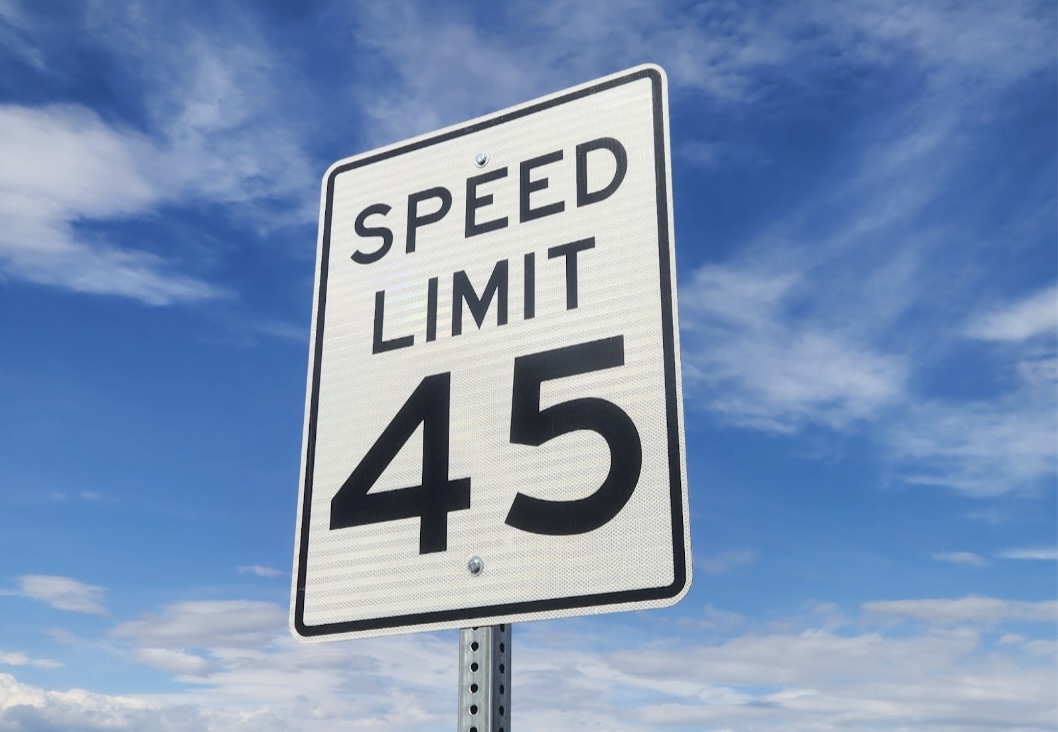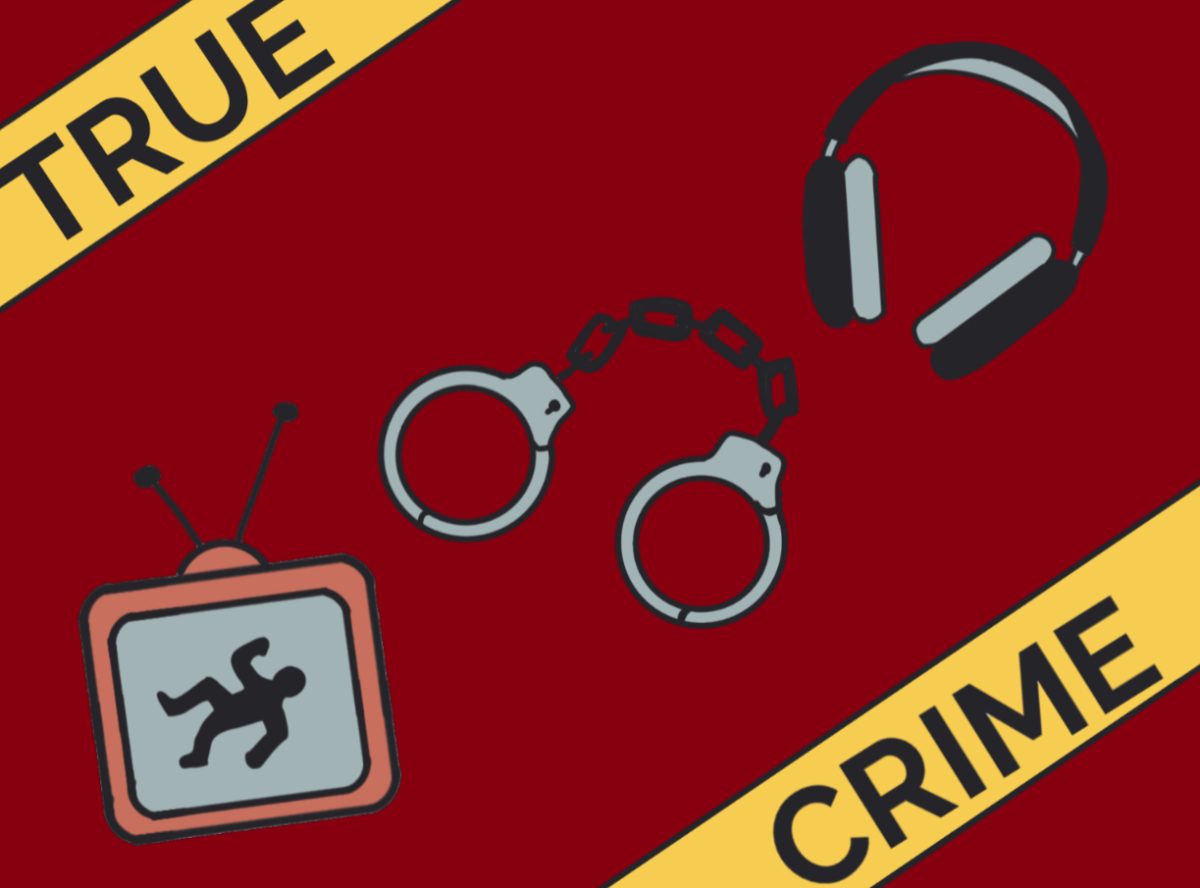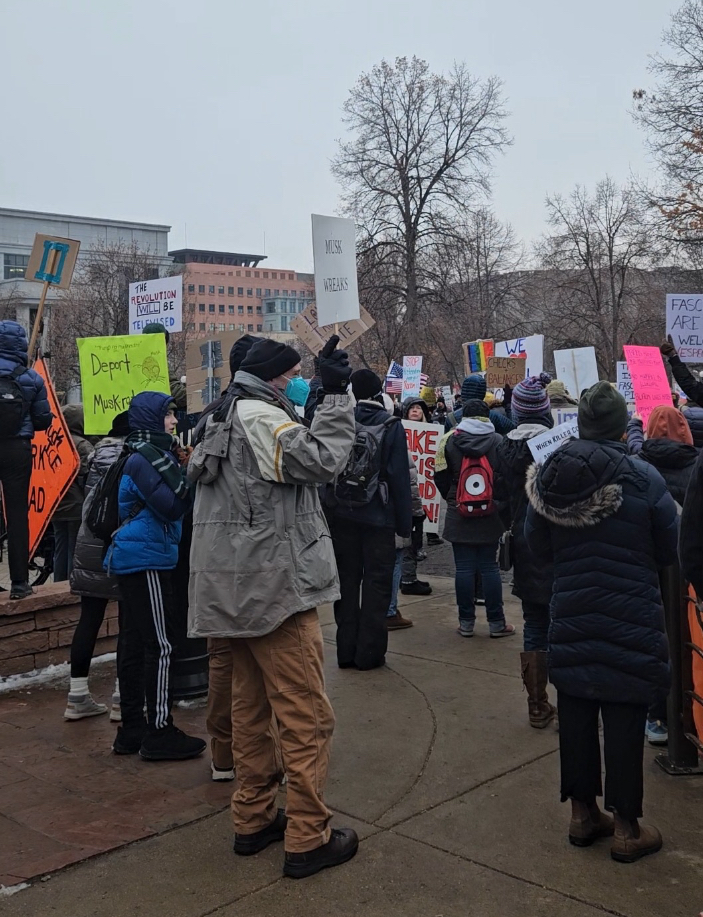Speed limits make sense. Keeping traffic from going too fast reduces the risks of crashes, but just restricting the top end of road speeds isn’t enough. Minimum speed limits need to be more commonly set and posted.
It’s easy to argue that such a vague law deserved to be replaced with something more concrete, so why does that not apply to people who drive too slowly?
The misconception that slower is safer is partly to blame. In theory, driving slower means it’s easier to stop and there’s more time to react, but according to the DMV in New York, slow driving can be just as dangerous as driving too fast.
Part of this danger is that most car crashes actually occur under 40mph. Car crashes at almost any speed can cause damage to the cars involved and the people inside of them. But just like some people who drive too fast, the facts aren’t enough to stop them, there needs to be some kind of deterrent.
A majority of states, Colorado included, still say that as long as you aren’t impeding forward movement it isn’t against the law. That itself is the issue. How slow is too slow? What counts as impeding traffic? This vague language is the same problem that caused Montana to amend their upper-speed limit.
If you’re well-read on traffic laws, you might know that some districts set their own minimum speed limits within their jurisdiction however, some of them still don’t have a sign posting it.
The lack of consistency in the setting and displaying of minimum speed limits hinders their efficiency, but if these issues are resolved, the roads will be a safer place for everyone.




















Skylar Whalen • Dec 7, 2024 at 12:06 am
Agreed!